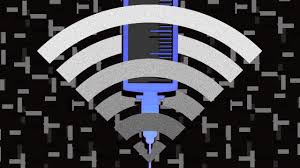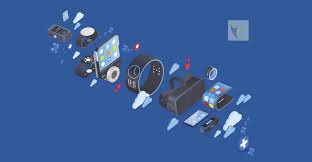Older adults can save tens of thousands of dollars annually by choosing assisted living communities over aging in place in their homes.
Unlike point solutions, Inspiren unifies resident safety, care planning, staffing, and emergency response into a single AI-powered platform.
An artificial intelligence-powered virtual assistant platform for senior living and care providers.

 Looking out toward the future – what trends matter most?
Looking out toward the future – what trends matter most?  The watch changed the landscape for wearables.
The watch changed the landscape for wearables.  November revealed a growing sense of urgency about older adults. What has been the impact on them of the daily onslaught of Covid-19 statistics? What about nine months of ceaseless updates about case counts? Has this produced a permanent fear of contact with others, including families,
November revealed a growing sense of urgency about older adults. What has been the impact on them of the daily onslaught of Covid-19 statistics? What about nine months of ceaseless updates about case counts? Has this produced a permanent fear of contact with others, including families,  It’s already been a big year for new Amazon offerings that could benefit older people. This month’s most obvious change was the introduction of
It’s already been a big year for new Amazon offerings that could benefit older people. This month’s most obvious change was the introduction of